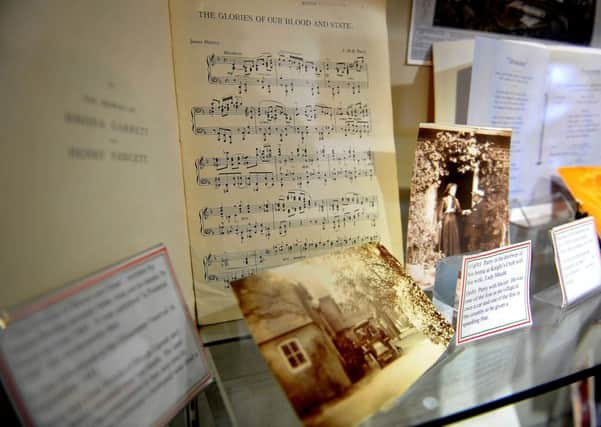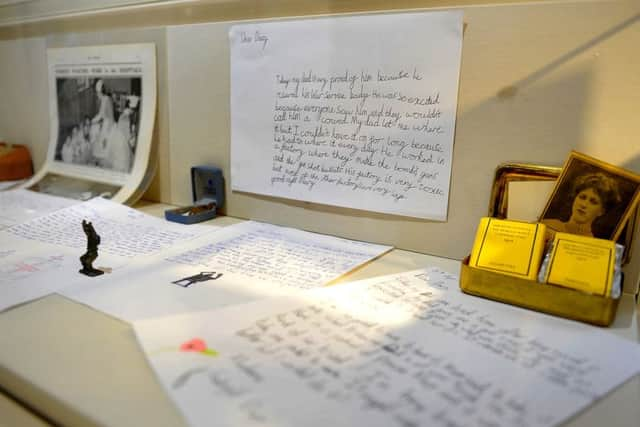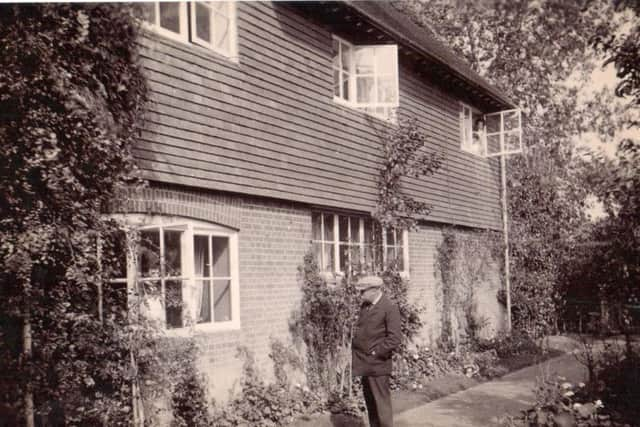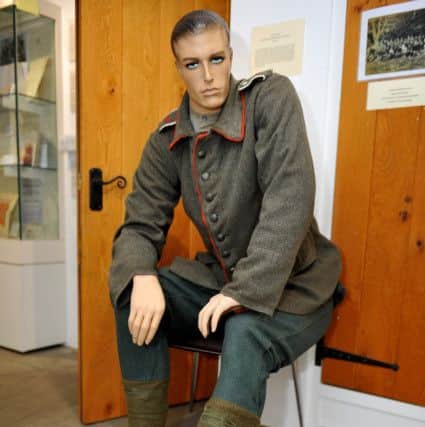Final exhibition at Rustington Museum before relocation marks centenaries of First World War, votes for women and Sir Hubert Parry


The 1918 exhibition marks 100 years since the end of the First World War and since women gained the vote, as well as the centenary of the death of composer Sir Hubert Parry.
The exhibition aims to bring these three centenaries together and explore their Rustington links.
Advertisement
Hide AdAdvertisement
Hide AdFor example, Parry supported the suffrage movement and was great friends with Rhoda and Agnes Garrett.


Through this connection he met Millicent Fawcett (Agnes’s sister and Rhoda’s cousin) who asked him if Jerusalem could be used as the suffragists anthem.
His wife, Lady Maud, was the president of the Littlehampton branch of the National Union of Women’s Suffrage Societies (NUWSS).
Rhoda Garrett was one of the first speakers on the suffrage movement and lived in the village with her cousin Agnes.
Advertisement
Hide AdAdvertisement
Hide AdTogether they ran and owned a decorating company – the first company to be ran and registered by women at the time.


She was a very passionate speaker and a copy of one of her speeches can be read in the museum.
The museum also has items on loan from the LSE Library – including stewards’ badges, two leaflets regarding parades and a postcard of Millicent Fawcett – as well as material on loan from Graeme Taylor, who published a book about Rhoda Garrett last year.
There are also three mannequins are on loan from Constructive Heritage.
Advertisement
Hide AdAdvertisement
Hide AdThe first is a First World War pilot, which represents the airfield which is now under the Sea Estate in Rustington.


The second is a German prisoner of war from the First World War, which represents the camp which was based in East Preston – and there is also box carved by a prisoner on display.
The final mannequin is of Harry Taylor, a northwest frontiersman.